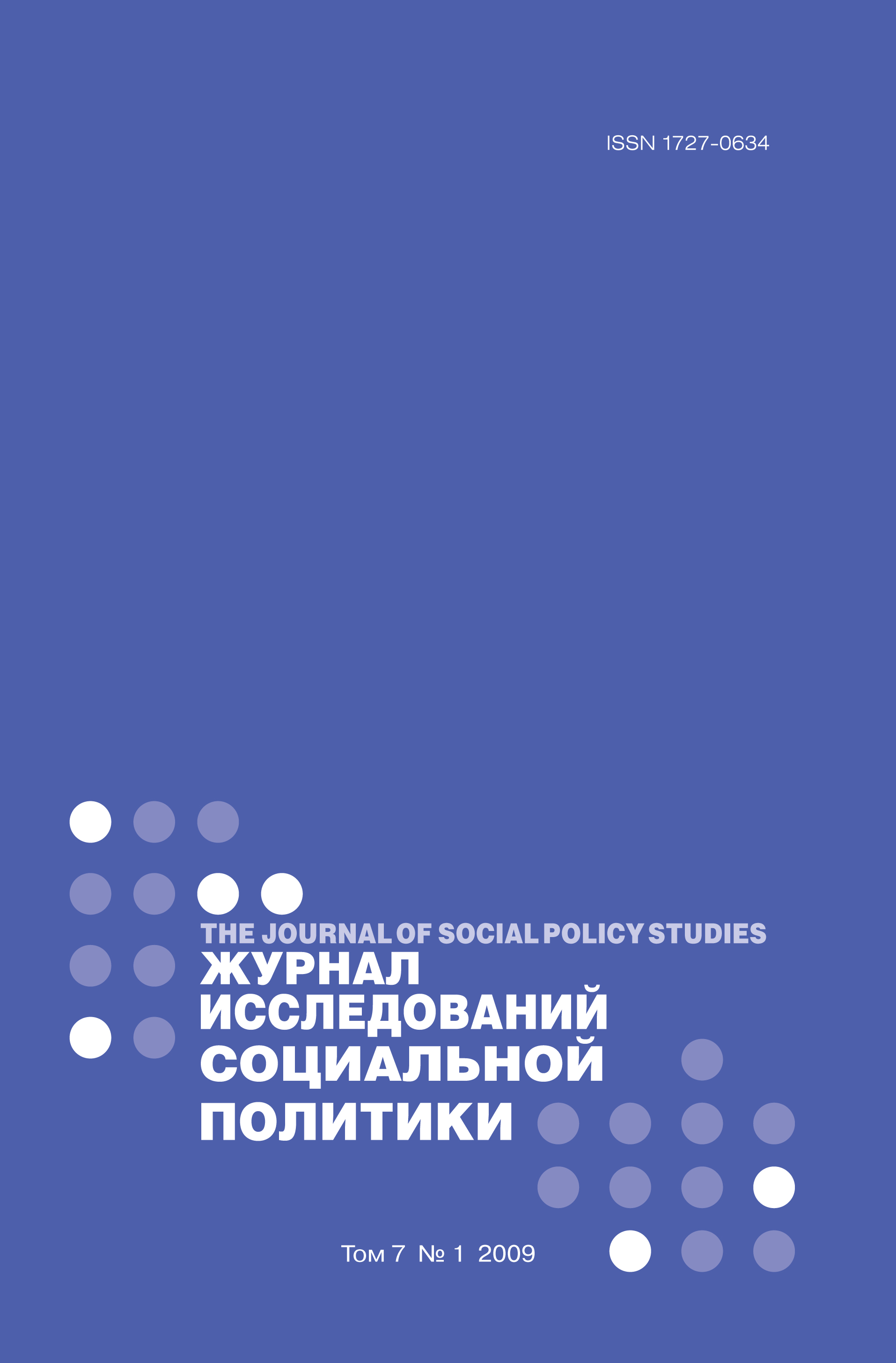The Soviet Education Policy: Social Engineering and Class Barriers
Abstract
Education policy in the USSR was at the heart of a massive effort in social engineering and creating a new educated class that would be known as the ‘Soviet Intelligentsia’. The use of education policy as an instrument to favour or deprive certain groups in social mobility is not unique to the USSR; examples of it can be found all over the world. The Soviet case is special in the rapid speed seen in building a Soviet intelligentsia as a socio-economic group to replace the old pre-revolutionary elite. Education was to be the passport for entry into this social group and in examining the Soviet period; this article uses periodization as a method to improve understanding of Soviet education policy. This approach is useful for Soviet history, which is dominated by different phases of ‘socialist construction’ driven from above. By analysing the official discourse and reviewing academic approaches, four stages emerge below that allow us to observe how education policy played an important role in the creation and reproduction of social classes. Firstly, there is the great drive to promote workers and peasants into a new class of specialists through ‘positive discrimination’ over 1918-1931. From the end of the first 5-year plan until the start of the Khrushchev period, a second phase brought regulation of the new order and a continuation of using education policy as an instrument of social mobility. In the third phase, from 1958 to 1970, a new elitism crept into Soviet education policy, with elite schools and specialist universities offering a way for the intelligentsia to regulate its membership. The final phase that takes to the end of the Soviet period, which saw significant deterioration of the prestige of education in the USSR as state funding of higher education and wages of academics fell and the best minds were attracted out of higher education. By this period, education had been replaced by blat (use of personal connections) as the main tool of social mobility. Thus trends in the late Soviet period can be seen to have important connections with the Post-Soviet era.















